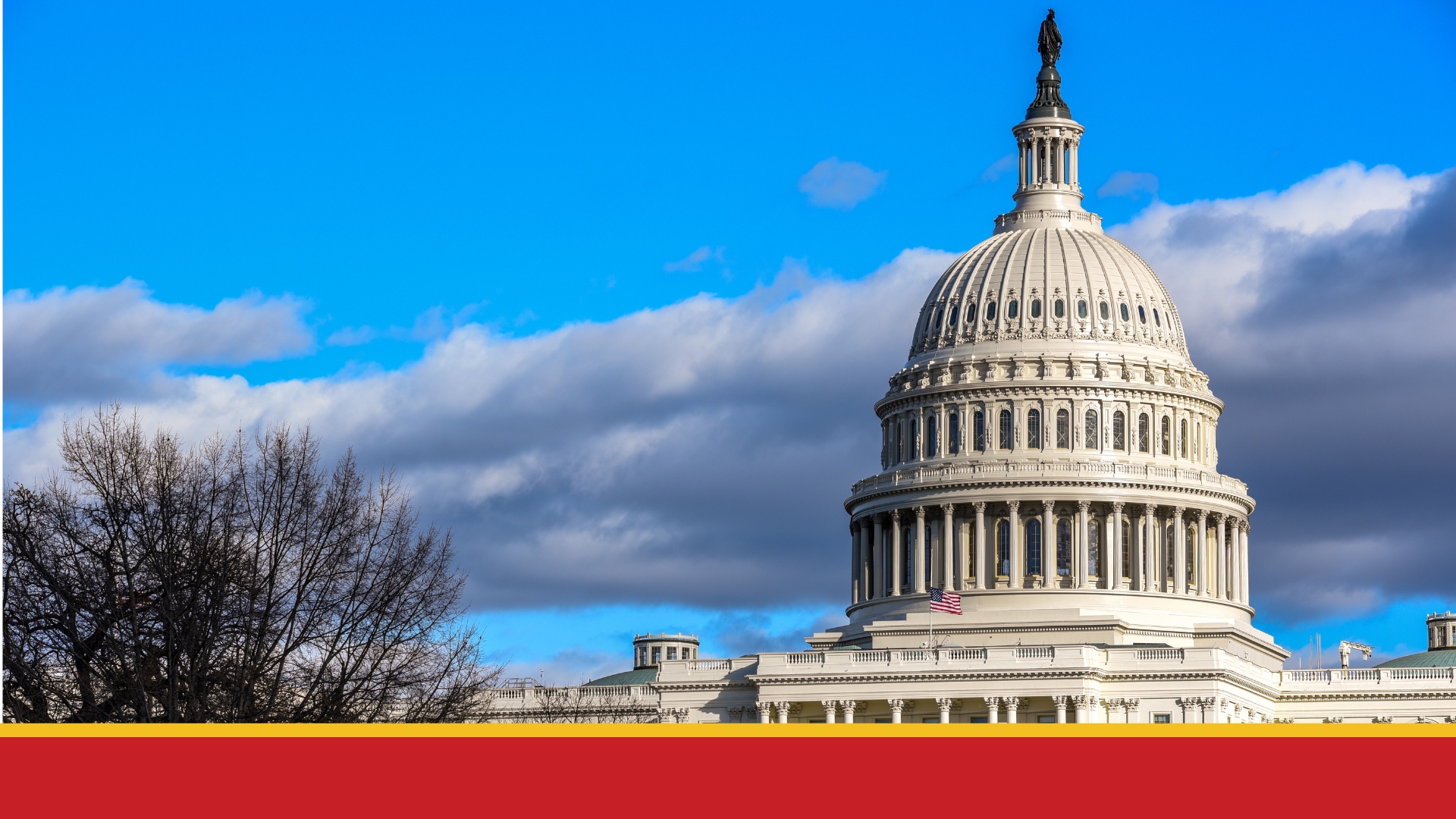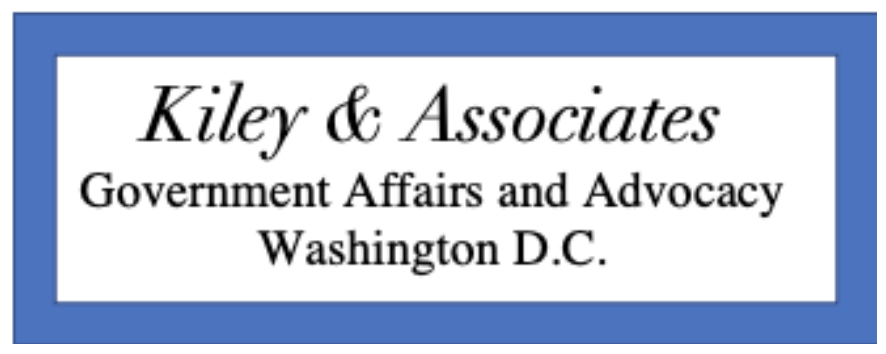Authored by Kiley & Associates
October 1, 2023 marks the beginning of the federal fiscal year and is also the deadline to enact its annual appropriations including programs and agencies which depend on these dollars to continue operations. A deal between the House and the Senate will come to a head in the next few days forcing a possible government shutdown. As it stands today, this is a likely scenario as there has been no real resolution in sight with the exception of a Senate-led stopgap bill that would keep the government funded until November 17, 2023. This stopgap bill includes over $6 billion in aid to Ukraine and $6 billion for natural disasters. While this is a potential path forward, it has many obstacles in its path when it is sent over to the House.
Some predictions around the DC beltway say that the possible shutdown could last the weekend or go as long as a week, either way, this will have serious implications for many. 2018 was the last time we saw this scenario play out; the government was shut down for an unprecedented 35 days due to demands to fund the border wall. After a lengthy stand-off, then-President Donald Trump agreed to a short-term spending bill to re-open the government. While this shutdown is not expected to last anywhere near that long, here are some things that will be most severely affected if an agreement is not reached by midnight on Saturday.
Food Assistance:
- The Women, Infants, and Children (WIC) program will be immediately stopped, this program serves around 7 million participants, including about 39% of all infants in the United States. According to the Secretary of Agriculture, the USDA has a contingency fund set up that could potentially fund the WIC program for a day or two after a potential shutdown and said that some states might have access to remaining WIC funds and may be able to extend the program for about a week.
- The Supplemental Nutrition Assistance Program (SNAP) will still be available for the immediate time being. SNAP, offers food assistance to low-income families nationwide, and is said will be sustained for at least a month, this program will be in jeopardy of the shutdown lasts longer than anticipated.
Military
- According to the White House, a looming government shutdown would undermine national security by delaying service members’ pay and furloughing hundreds of thousands of civilian Defense Department workers.
- Current servicemembers, totaling over 1.3 million active-duty will not receive their paychecks during the shutdown but will receive backpay at its conclusion
- Veterans’ access to health care and pensions will continue.
- Military funerals will continue.
Medicare/Medicaid
- These benefits will not be interrupted with the exception of issuing replacement Medicare cards and verification processes. Medicaid has full funding for the next three months.
Housing
- Housing Choice Vouchers will be delayed.
Social Security
- According to the Washington Post, recipients of Social Security will continue to receive payments because the program is an entitlement funded by a payroll tax, not the annual appropriations.
Small Business
- Small Business Loans could be delayed.
- Furloughed employees who are not receiving paychecks will cause many to not be able to afford rent and spend money at the same level at local businesses.
Travel
- The Federal Aviation Administration which is responsible for air traffic controllers will continue most of their work however they are expected to see around 16,000 employees furloughed.
Ports
- Delays at local ports including the Ports of Long Beach, Los Angeles, San Diego, Oakland and San Francisco can be expected.
Border
- Delays at the border can be expected.
Postal Service
- The United States Postal Service will remain uninterrupted, all post offices will remain open for business as usual and employees will continue to be paid.
National Parks
- National Parks will remain open to the public, however, services such as bathrooms and rest areas will not be maintained or made available. The most recent in January 2019 saw about a month-long closure. The shutdown furloughed thousands of NPS employees and closed some park sites. However, many parks remained accessible. Even if the park was shut down, people could still hike in and visit some of their favorite public lands. According to a recent Congressional Report, the plan in 2019 kept parks accessible to visitors during the shutdown, “but staffing levels will be based on the assumption that no visitor services will be provided.”
Kiley & Associates is a bipartisan Strategic Advisory Consulting firm located in Washington D.C. If you have any questions about how the government shutdown might affect your organization, reach out to Jayson Braude at jbraude@kileyassociates.org.






